Looking Out For The Thousand Littles - Pollinators
Posted on
As I walk out of my front door a powder blue speck of fluff, sitting atop our potted succulent plant, catches my eye. I kneel down and see that it is a living thing, a myriad of tiny hairs rippling as it travels along. Touching the stem to investigate further, I catapult it from its perch. Whoops!
Fortunately, I see that there are more of this mysterious insect, some of the many ‘littles’ that live in the space around us. When on her travels my friend's Costa Rican wildlife guide told her that they wouldn’t be looking for the ‘Big Five’ but instead for the thousand littles, and I am reminded of how apt this sentiment is when looking at nature.
Turns out we don’t need to go far to see something new and exciting either, as there is so much to discover on our doorstep! This blog post focuses on Insect Pollinators, a charismatic and diverse bunch that we have to thank for every third mouthful of food that we eat.
Bees Are Not The Only Pollinators
If I were to ask you which insects are pollinators, I’m guessing you would say bees first and foremost, and you would be right. There are over 260 species of bee in the UK, and they all pollinate; that is to say they visit plants, collect pollen and carry it to the next plant to enable reproduction. But did you know that there are many other insects that pollinate too?
The group ‘wild pollinators’ comprises moths, butterflies, hoverflies, wasps and beetles. The group has its celebrities; much-loved species like the bumblebee and the red admiral butterfly, and its villains; the house-fly and wasp. Midges, the tiny flies that you try not to swallow when on a picnic, are one of the only known pollinators of the white flowers of the cacao tree. No midges, no chocolate!
We have all of our insect pollinators to thank for pollinating our plants, including the ‘baddies’. A whopping 85-95% of UK’s insect pollinated crops rely on wild pollinators.
Mimics, Usurpers & Wanna-Bees
You’re sitting in your garden or local park mesmerized by a plant that is covered in bees, except that what you are seeing might in fact be a Bee Fly (ball of fluff with a long proboscis), a Marmalade Hoverfly (small and stripy) or a Paper Wasp. They, and many other insects, have evolved to imitate bees to avoid unwanted attention from predators like birds.
Cuckoo Bees behave like the cuckoo bird, laying their eggs in the nest of other bees who then do all of the hard work of feeding and raising their offspring for them. Cuckoo Bumble Bees go one step further, killing the Queen Bee in her colony, usurping her position and tricking the workers into raising her young. This behaviour is called ‘Kleptoparasitism’ and is a completely natural, albeit ruthless, behavior that poses no threat to overall bee populations.
Looks can be deceiving! Even when you feel sure you are looking at a honeybee or bumblebee, it may well be a different species of bee or a bee look alike.
|
Cuckoo Bumblebee |
Marmalade Hoverfly |
Bee Fly |
Solitary Versus Social
Since reading Dave Goulson’s ‘A Buzz In The Meadow’ and ‘The Garden Jungle’, I’ve been determined to identify bees beyond bumble and honey. I was surprised to discover that 90% of bee species are in fact Wild Solitary Bees, that’s around 240 species in the UK. Only one species of bee is a honeybee and 25 are bumblebees.
While bumblebees and honeybees live in colonies (the latter in bee hives), solitary bees work alone to find a nest in which to lay their eggs. They seal up the nest and move on before the larvae emerge, having provided everything they need for their young to feed and survive.
You might spot a lone bee searching for a good nesting site, which could be in hollow stalks, soil, sand, clay, mortar or wood. Bee nesting boxes and bricks can also do the trick. Solitary bees often nest close to each other to form a community of sorts, a safety in numbers approach.
Solitary bees are superstar pollinators, as pollen sticks to the hairs all over their bodies (no pollen sacs) and drops off onto other plants as they fly. They are far more efficient at pollinating than honeybees with a single red mason bee, for example, pollinating 120 times more flora than a single worker honeybee.*
Solitary bees are harmless, as they don’t produce honey and therefore have nothing to protect. They will only sting if trodden on and even then it is likely that the sting won’t pierce the skin. Progressive designers and developers are being encouraged to provide habitat for solitary bees and other insects and even bats in new construction.
|
Photo by @Grassroofco Instagram |
Photo by Green & Blue Instagram |
Working The Night Shift
Moths fly towards the light for reasons unknown to science. By my reckoning they deserve to be in the spotlight! There is relatively little known about moths versus bees and butterflies, as they work under cover of darkness, but research shows that they complement the daytime pollinators, flying further and pollinating at least as many plants as the day shift.
Moths are impossibly beautiful and varied; like the Tiger Moth which has leopard skin wings and a polka dot body, and the Buff-Tip Moth that looks exactly like a twig. The average garden is home to hundreds of different species, most of which we are completely oblivious to!
As you may have seen on Springwatch, you can buy a Moth Light Trap or make your own by suspending a bright light over a white sheet on a warm night between Spring and Autumn. This is something I plan to do, and would be a wonderful activity to do with children. You can download the ‘What’s flying tonight’ app to help you identify what you find.
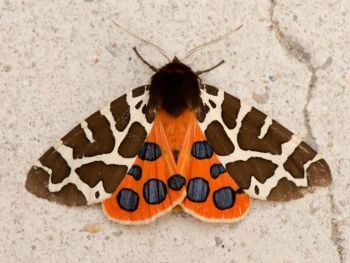
Tiger Moth Photo by Koen Thonissen, Butterfly Conservation.org
Create A Buzz Of Your Own
In our homes, parks, schools and communities there are things that we can do (and stop doing) to help reverse the decline in pollinator species:
- Carry out an insect safari and see what you can discover. Become a citizen scientist and report your findings to Open University, who are currently carrying out a survey on pollinator numbers: https://nquire.org.uk/mission/oupollinatorwatch/contribute. They have produced this fantastic guide which will help you to identify the different pollinator types: https://iet.open.ac.uk/file/OU-Pollinator-Watch-ID-Guide.pdf
- Grow pollinator friendly plants, like those mentioned in my Gardening For Nature post. Broadly speaking cottage garden perennials are winners for bees. Allow areas of grass to grow long. Grass/wildflower meadows provide a rich habitat for pollinators both for feeding and nesting. Make piles of cuttings and dead wood for solitary bees, beetles and other insects (and maybe hedgehogs if you’re lucky!). Be less perfect, more messy - below is our front lawn, teeming with insects now that we've let the grass grow out.
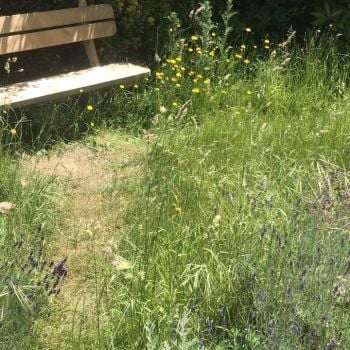
- Introduce a solitary bee house or bee brick into your garden, now widely available to buy. Even better, create your own using drill holes in fence posts and the like. Drilling holes between 3-9mm diameter covers all UK aerial hole nesters. Place in a sunny spot and watch the drama unfold!
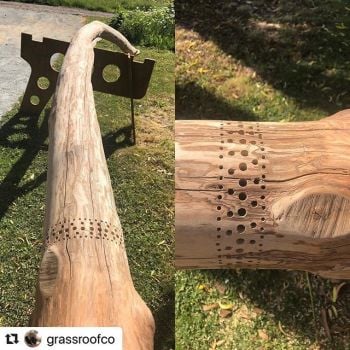
- Avoid using any chemical spray or powder, no matter the promise of a moss free green lawn or aphid-free plants. They contain pesticides like pyrethroids, which are 2250 times more toxic to insects than to larger animals and humans. You spray your rose with black spot spray and the result is that all small insects on the plant, soil beneath, and surrounding area are killed. Any bees caught in the crossfire will likely lose their ability to navigate back to their nest or colony.
We are merely custodians of the wild spaces around us, including our gardens which only ‘belong’ to us for a brief moment in time. These spaces should be humming with life, rather than quiet and sterile. Let's work together to support the thousand littles that maintain ecological...and emotional...stability.
‘People must feel that the natural world is important and valuable and beautiful and wonderful.’ Sir David Attenborough
Please do comment below with your own observations and just because I like to hear your thoughts :-). And I still haven’t found out what the mystery blue furry creature is, pictured below!
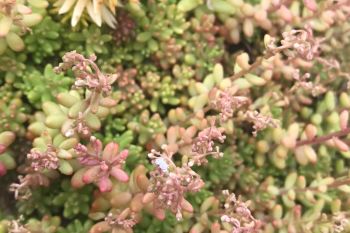
Resources & References
https://www.wildcare.co.uk/blog/solitary-bees-8-facts-to-know-plus-an-identification-resource/
Sign up to The Wildlife Trusts #30days wild- https://action.wildlifetrusts.org/page/57739/petition/1
https://www.beehome.design/ - design your own bee hotel
The Bee Coalition - raising awareness of the plight of pollinators
https://www.grassroofcompany.co.uk/ - follow @grassroofco on instagram for some fantastic examples of entomology and design.
https://www.thoughtco.com/insect-pollinators-that-arent-bees-or-butterflies-1967996
https://www.pollinator.org/list-of-pollinated-food
https://www.greenandblue.co.uk/blogs/news/5-things-you-need-to-know-about-solitary-bees
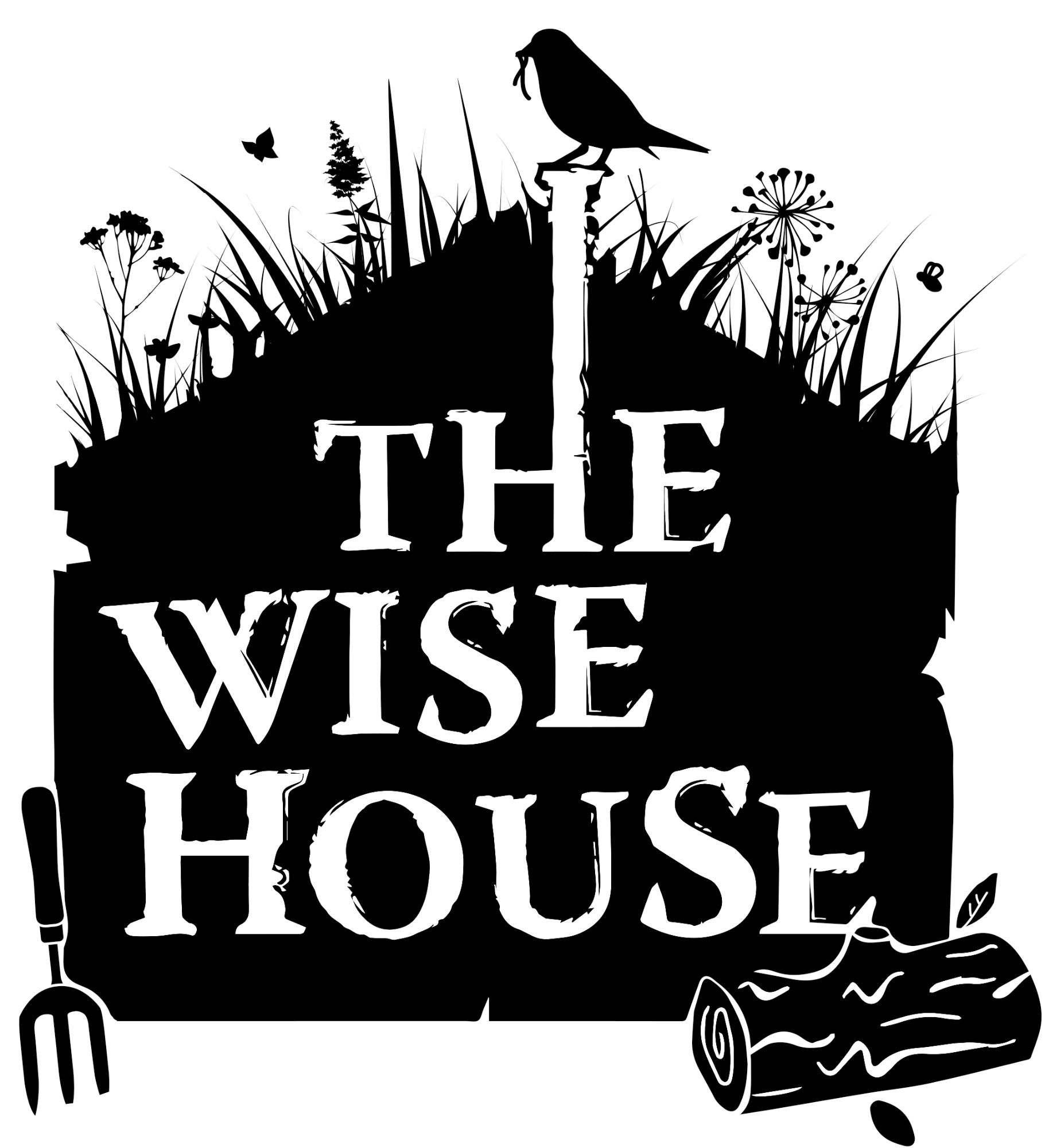
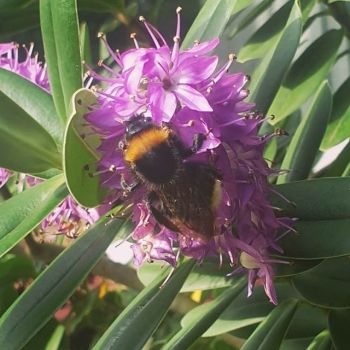
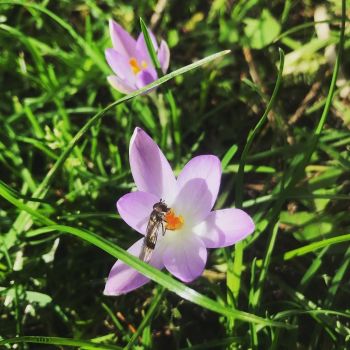
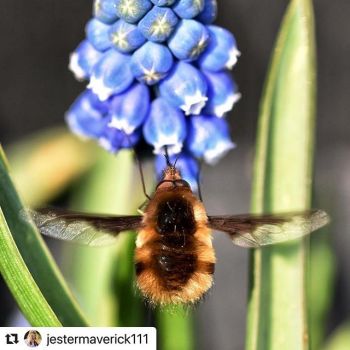
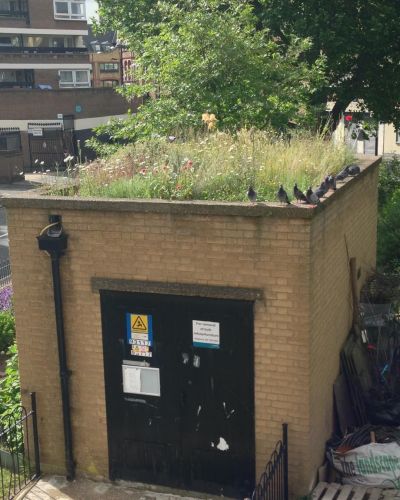
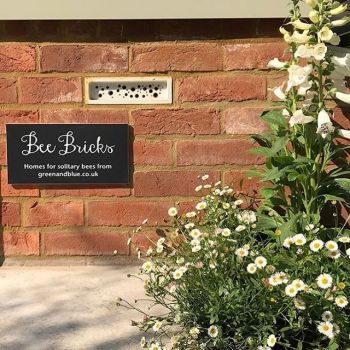
Add a comment: